I have recently moved out of District 1 in #Saigon (Ho Chi Minh City) to an area called Binh Tan, about 30 minutes from the city. I am (as far as I know) one of only 3 Foreigners living in Binh Tan (I’ve heard about the other 2, one an American guy and the other a Brazilian girl but never seen them).
It’s interesting being (nearly) the only foreigner in the area. #Vietnam is still very much a mono culture country – by that I mean foreigners like me are still quite rare, particularly foreigners living here. In a few suburbs like District 1, District 2 and District 7 you get quite a few foreigners, but out here we are a rare bunch. When I go to my local markets, it is not uncommon for the vendors to stare at me while I walk around. They don’t see many foreigners, especially not in the local markets. When I ask for something in (limited) Vietnamese, they generally smile like Cheshire Cats – a foreigner who can speak Vietnamese!
I have been trying to learn Vietnamese for the last -7 months – it is a difficult language to speak – much of the pronunciation is very different to English and learning to make some sounds is very difficult (a lot like Vietnamese trying to learn English). But living here, I am learning more and more every day, which I love.
The people here are so friendly and they love to try and help me out. I go to my local “coffee shop” just about every night and drink local coffee and sit around and “talk” with my neighbours – there is a lot of laughter, especially when I manage to say the right thing at the right time ,which happens occasionally. But I like to sit and listen to them speak, even though I understand very little (chút chút) I am improving my comprehension and also my pronunciation. It is slow, but fun.
The images in this post are from Chọ Phú Lam ̣(Phu Lam Market) only a few minutes from my home. I arrived at 4am to take some photos and the markets were already bustling. By 7:00am the customers were there in droves. Many of the stall holders start setting up in the very early hours of the morning. It is a very social place to be – many of the vendors know each other and you can hear them talking and laughing (it will be nice when I can understand them better!) and you get the feeling that this is there work but it is also their social gathering for the day.
Refrigeration is a luxury in Vietnam, so most people, especially in this area, buy their food fresh every day. Meat is hung in the open and many foreigners are horrified – but when you think about it, it’s not really so bad. The meat was butchered the day before and delivered to local markets all over the country that or the next day. It is delivered to the market early in the morning in the relative cool and the bulk kept on ice and only hung on display as required. People take the meat straight home and cook their daily meals. Really, when I think about how we do things in the west, I prefer here. In the west the meat is butchered and frozen. It is kept for who knows how long before it is delivered to the butcher shops, who then keep it for who knows how long. The meat is dressed in the butcher’s shop and stored in styrofoam trays, with the blood pooling in the bottom of the tray and then taken to your hoe and frozen or kept in the refrigerator for who knows how long. Doesn’t sound that great to me any more!
Seafood is generally kept alive and sold live, or slaughtered at the market, depending on what you ask for. Again, it is pretty well taken straight home and cooked. Again, it’s a lot fresher than in the west where nowadays it is dropped on ice the moment it is caught and stays there for who knows how long, taken to the markets where again it’s kept for an unknown period of time and then sold to the consumer who puts it in their refrigerator or freezer for who knows how long before it is cooked.
When I was taking the photos, most of the locals thought it was a great laugh and were more than happy for me to take snaps of them and many posed amidst great laughter and cries of “đẹp” (beautiful). I lady spent quite a bit of time dragging me to different friends of hers for me to take their photos. All in all, it was a wonderful experience.
Living here in Vietnam is fantastic. The Vietnamese are a very friendly and sociable people. They still find foreigners “exotic” and they are more than happy to socialise and spend time helping foreigners. If ever you want to visit a charming, historical and friendly nation, give Vietnam a try, I love it!
MY Digital Photography runs custom tours across Vietnam. If you want to experience the real Vietnam, not just the tourist spots, give me a call on +84 122 370 1250 or email me at mark@mydigitalphotography.com.au








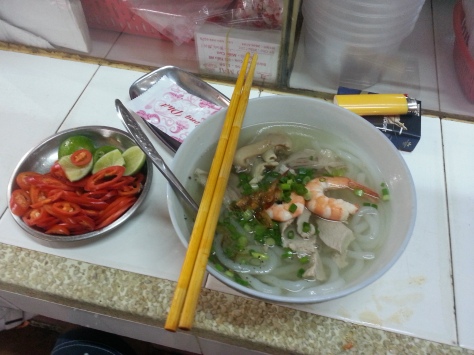









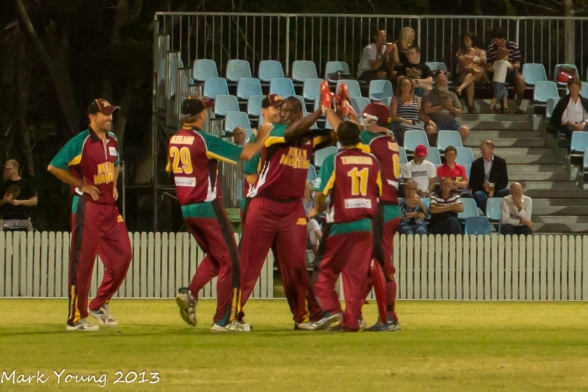


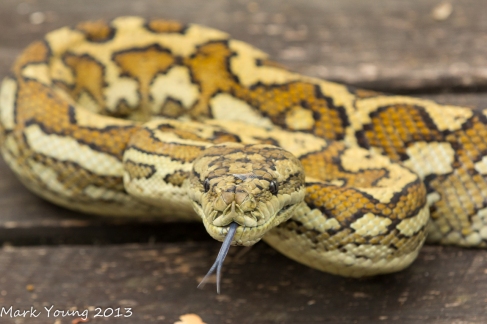






















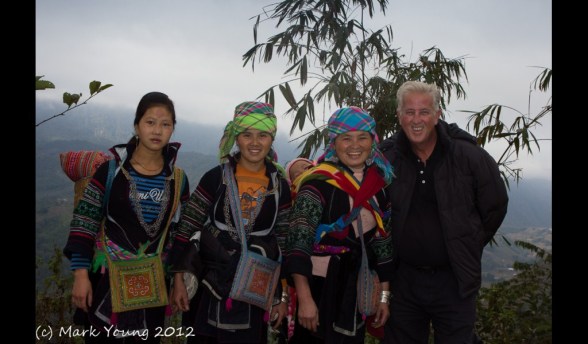















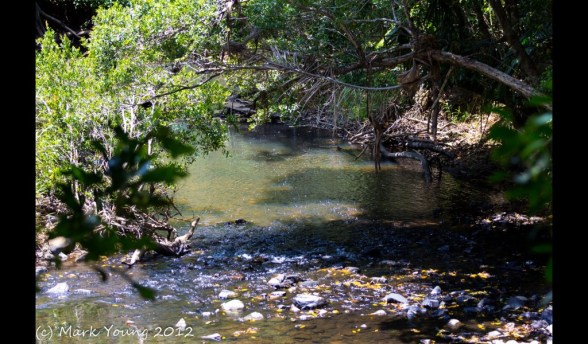
You must be logged in to post a comment.